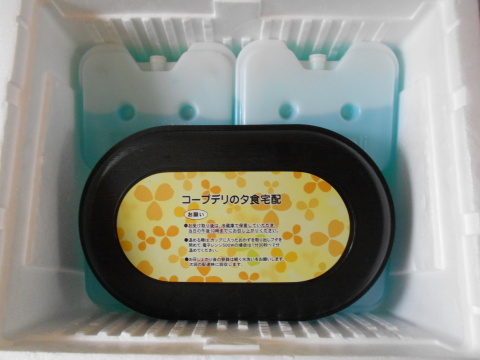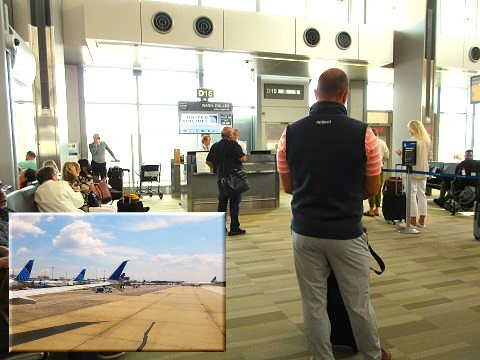Is it a coincidence? Since SUCHITOO ordered home delivery (CO-OP, posted on August 20th) in August, I have seen advertisements about discounts (discounts) in newspapers (flyers), on TV, and in Yahoo ads. CO-OP (Coop Mirai) delivery vehicles can be seen in residential areas, but I have never been interested in them until now.

One day, I compared two companies that were included in the Asahi Shimbun insert at the same time. I added other companies as much as I could and commented on them in comparison with Coop and Watami.
- Coop is cheaper with the similar Mainai bento at 570 yen [680 yen], Mainai side dish at 620 yen [690 yen], and Mainai gozen at 740 yen [790 yen]. However, I have not eaten Watami’s bento when comparing the contents.
- Watami is running a half-price campaign in early September, and Setagaya Natural Foods is also having a half-price sale on 15 meals during September (660 yen per meal), which seems to be a response to Coop.
- All three companies are making full use of 0120-free phone calls to advertise.
*In [ ] are Watami’s prices.
・Watami uses disposable plastic plates for its containers, while Coop’s boxes (pictured) are impressive, with each meal packed in cellophane to emphasize safety and hygiene.
・Coop uses double covers and a box with ice packs for deliveries when the recipient is not at home, while Watami seems to lend out boxes with locks.
*I’m worried about the future of food in Japanese society!
・The taste of home-cooked meals (handmade) and cooking (i.e. the joy of making and eating) will be lost. It will become the same as school lunches and eating out.
・We will see an increase in “eating alone” without sitting around a table.
・There will be changes in plates, chopsticks, and seasonings. The concern is that more unnecessary and discarded items will be used; home delivery meals come with containers.
・While Japan has a self-sufficiency rate of 39%, and while the menu is well-balanced, it raises questions about the poverty rates of children and the rest of the world.
・In 1993, when Japan had a poor harvest (rice shortage), the Ministry of Agriculture, Forestry and Fisheries purchased rice cheaply from Thailand sold it at a high price, and used the profit from this to subsidize Japanese farmers. In 2024, the Ministry of Agriculture, Forestry, and Fisheries took a negative stance on releasing stockpiled rice. ~See the “Thai Culture Handbook” published in 1995.
*What are the benefits?
-If the tableware used for delivery is collected, there will be no waste of resources.
-The bento work area will start early in the morning, and home delivery will be mainly for dinner, so there will be a separation in residential and urban environments. SUCHITOO is for the next day’s lunch.
-Convenience store bento contains preservatives! I’ve heard people say that supermarket bento is cheaper than convenience store chain Seven-Eleven (AEON). However, some stores have a corner for eating.
-There are good points to cooking your food and combining it with other items, but on the oher side, it seems possible to order additional “raw vegetables,” but it will be hard to preserve and maintain the flavor.
@I want to try more bento and compare them. Of course, I would like to compare and study the advantages of eating out (dining halls, restaurants, coffee shops, etc.) and home delivery (bento). There are more than 10 companies introduced on the web, including home delivery food companies for the elderly.
That’s all about the situation with home-delivered meals in Japan, but in Thailand, there are plenty of food stalls (for take-out, including Saitoon) and food delivery bikes on a par with those in the US (McDonald’s and others with contracts with Uber), and it’s a convenient country where meals are cheap. However, there are different conditions, such as not having time to cook at home and the climate being hot all year round (even the kitchen is hot!), so what do you think?
@@Aside: Mr. H stopped bringing food to the front door from the back gate. There seems to have been a “spider” in the garden! He said was a problem with returning to the (food distribution center) on his infected clothes. The nuance of what Mr. H says may be from an awareness of ! Is it wonderful or excessive? From a safety perspective, it’s good that there is no longer an entry from the back gate.

